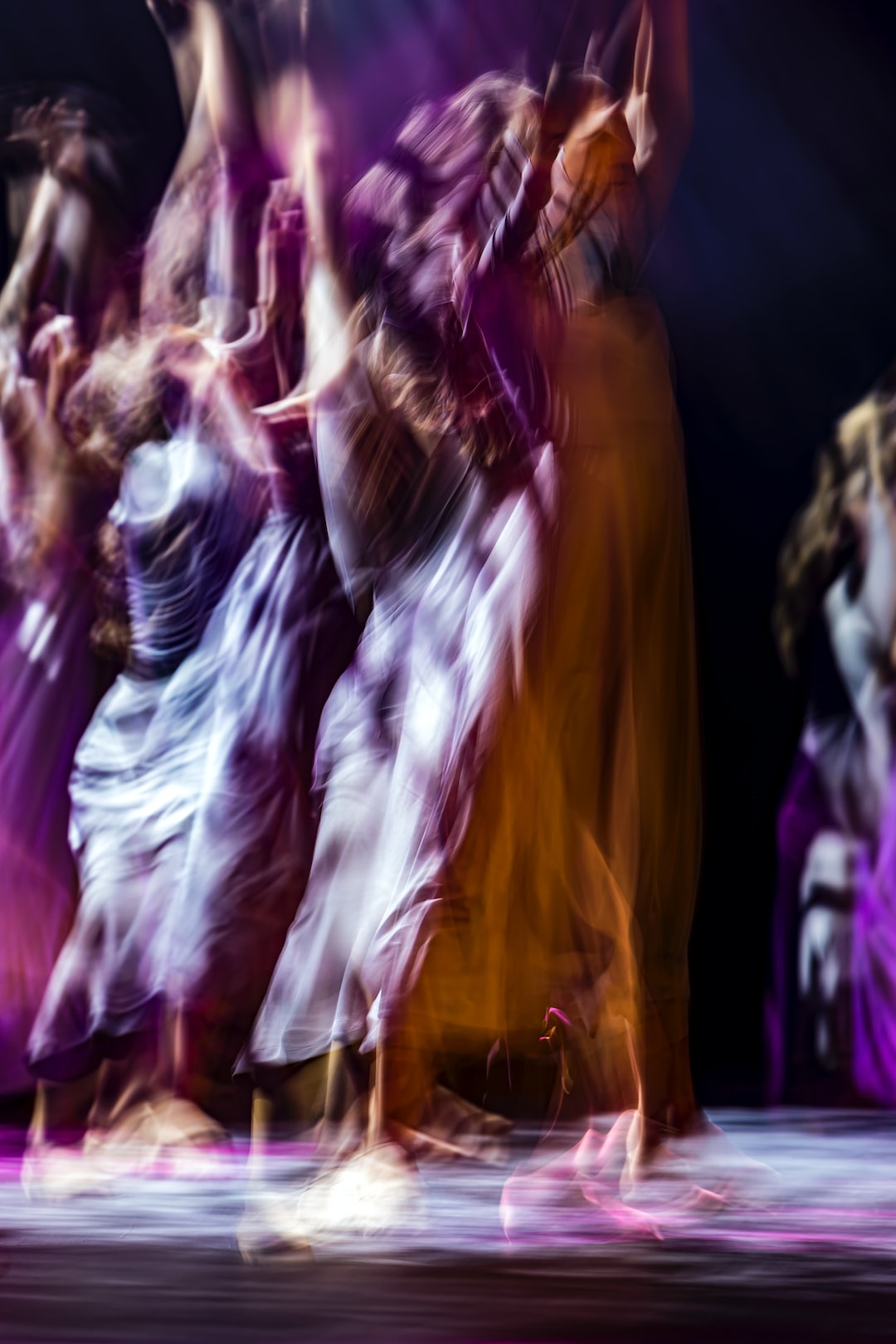Unveiling the Enigma of Dadaism: Artistic Rebellion Reimagined
In the early 20th century, amidst the chaos and devastation of World War I, a bold and rebellious art movement emerged in Europe. This movement, known as Dadaism, aimed to challenge societal norms, artistic conventions, and the very essence of what art could be. With its nonsensical and unconventional approach, Dadaism became a symbol of artistic rebellion that continues to captivate and intrigue art enthusiasts worldwide. Let us delve into the enigma of Dadaism and explore how its artists reimagined the boundaries of artistic expression.
Dadaism was born in Zurich, Switzerland, in the midst of the war in 1916. Influenced by the irrationality and absurdity of the conflict, its founders, including Hugo Ball, Tristan Tzara, and Jean Arp, sought to reject traditional artistic practices that they deemed meaningless in a world enveloped by chaos. They believed that existing art forms had failed to prevent the horrors of war and sought to create a new artistic language that defied reason and reasonability.
One of the key aspects of Dadaism was its rejection of logic and reason, opting instead for the irrational and nonsensical. Dada artists utilized techniques such as collage, assemblage, and photomontage to disrupt traditional artistic representation. These artists championed chance and randomness, often incorporating found objects and materials into their artworks. In doing so, they challenged the notion of a coherent and structured world, instead representing the fragmented and absurd reality of their time.
Dadaism also sought to dismantle the distinction between high and low art, elevating everyday objects and trivialities to the realm of art. Marcel Duchamp, one of the most influential Dada artists, famously showcased a urinal titled “Fountain” as a work of art. By presenting an ordinary object in a gallery setting, Duchamp challenged the notion of what defines art and questioned the authority of the art world.
Dadaism was not limited to visual art alone; it also encompassed literature, poetry, and performance. Dadaist manifestos were written to provoke and confuse, often composed using nonsensical phrases and techniques such as cut-up text. Dada performances featured absurdist acts, nonsensical speeches, and unconventional use of language. These performances sought to disrupt traditional forms of communication and engage the audience in an unconventional and unsettling manner.
One cannot discuss Dadaism without examining its impact on subsequent art movements. Its rebellious spirit and rejection of traditional norms inspired future art movements such as Surrealism, Pop Art, and Conceptual Art. Dadaism revolutionized artistic thinking and paved the way for artists to explore new avenues of expression, breaking free from the confines of tradition.
It is important to note that while Dadaism rejected traditional art, it did not reject art altogether. Dadaists believed that art had the power to provoke, challenge, and change society. This radical approach to art was a direct response to the failures of society and politics during the war, and a call for change and reflection.
The legacy of Dadaism continues to provoke and inspire artists today. Its emphasis on chance, randomness, and the absurd encourages artists to question existing practices and push the boundaries of their creativity. Dadaism challenges us to view the world through a different lens, to question the status quo, and to appreciate the unconventional.
In our world of increasing conformity and rigid structures, the spirit of Dadaism reminds us of the importance of artistic rebellion and the power of creative expression. It encourages us to question societal norms, challenge traditional modes of thinking, and embrace the unpredictable and nonsensical. In unveiling the enigma of Dadaism, we unlock a world of artistic possibilities that continue to resonate and captivate us with their rebellious spirit.

